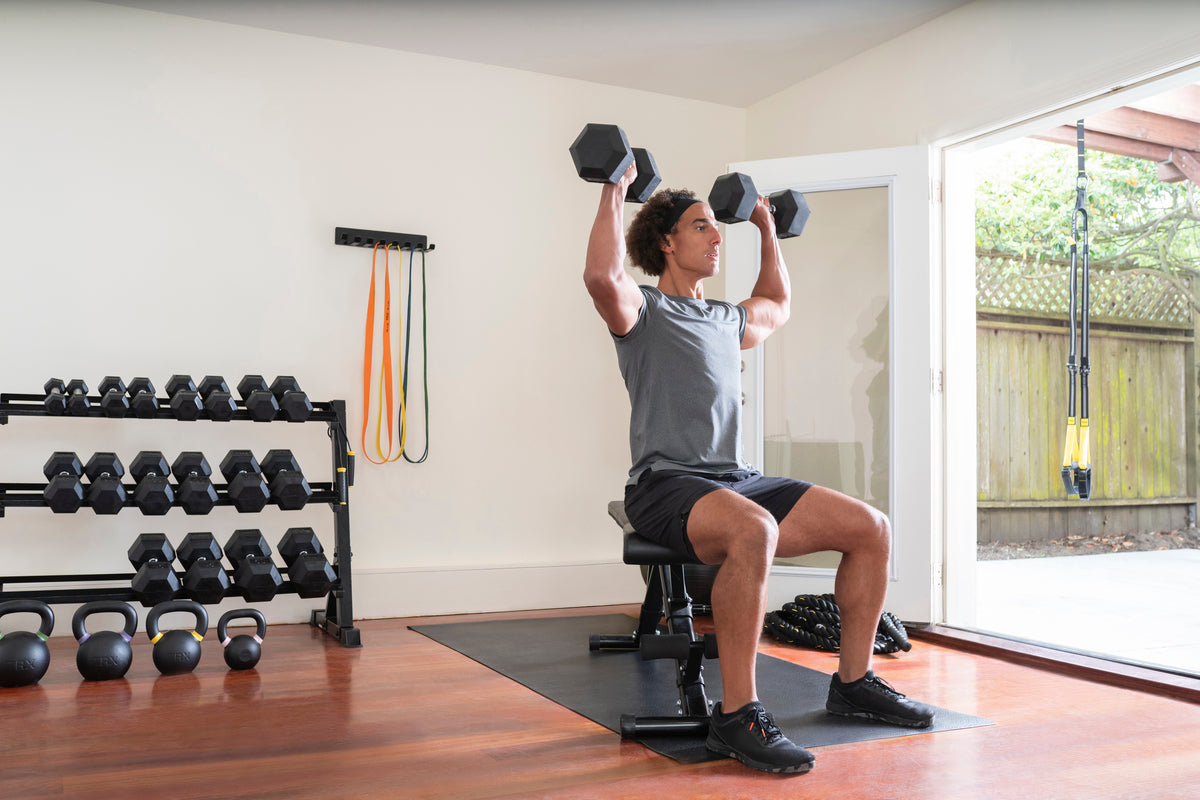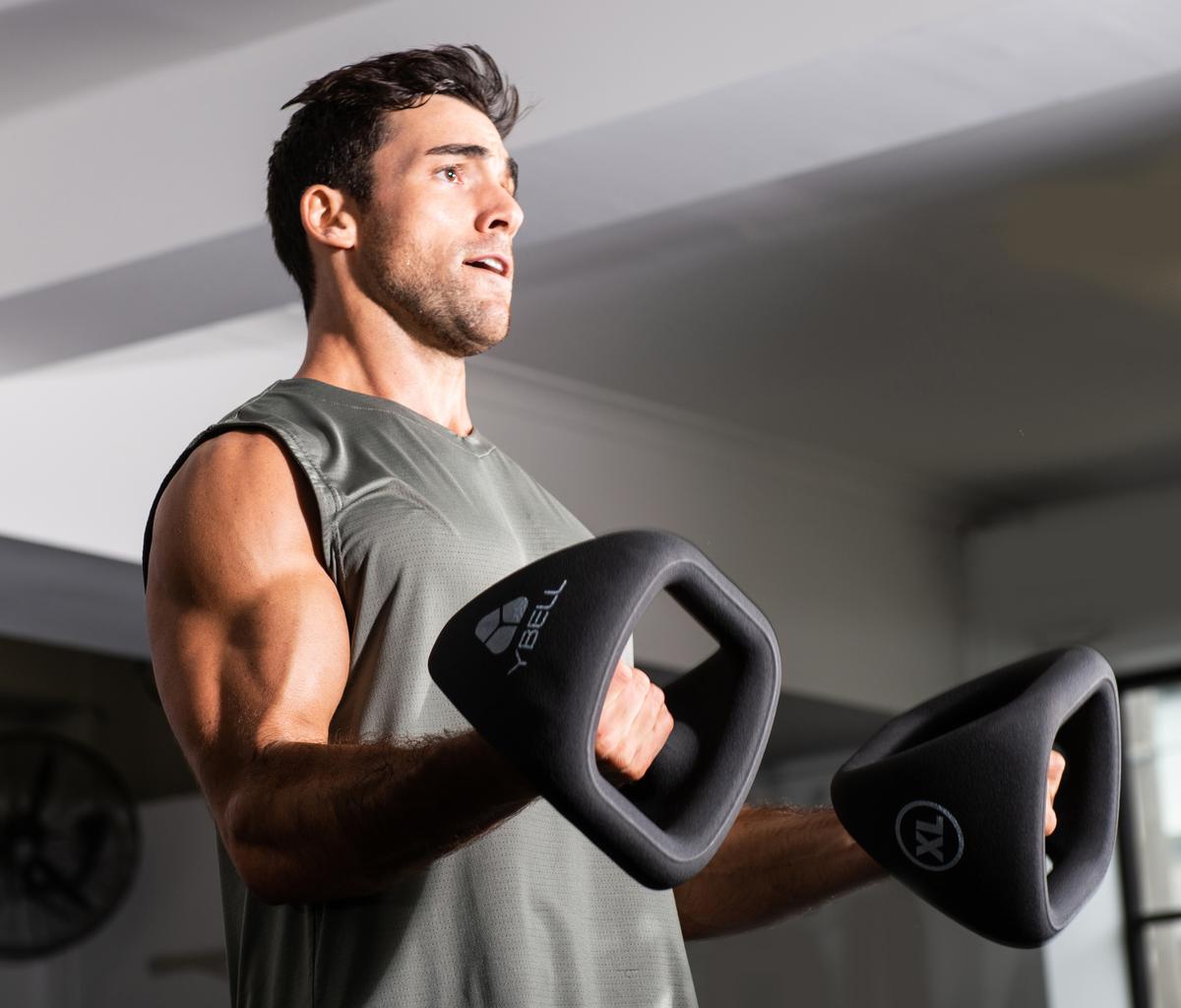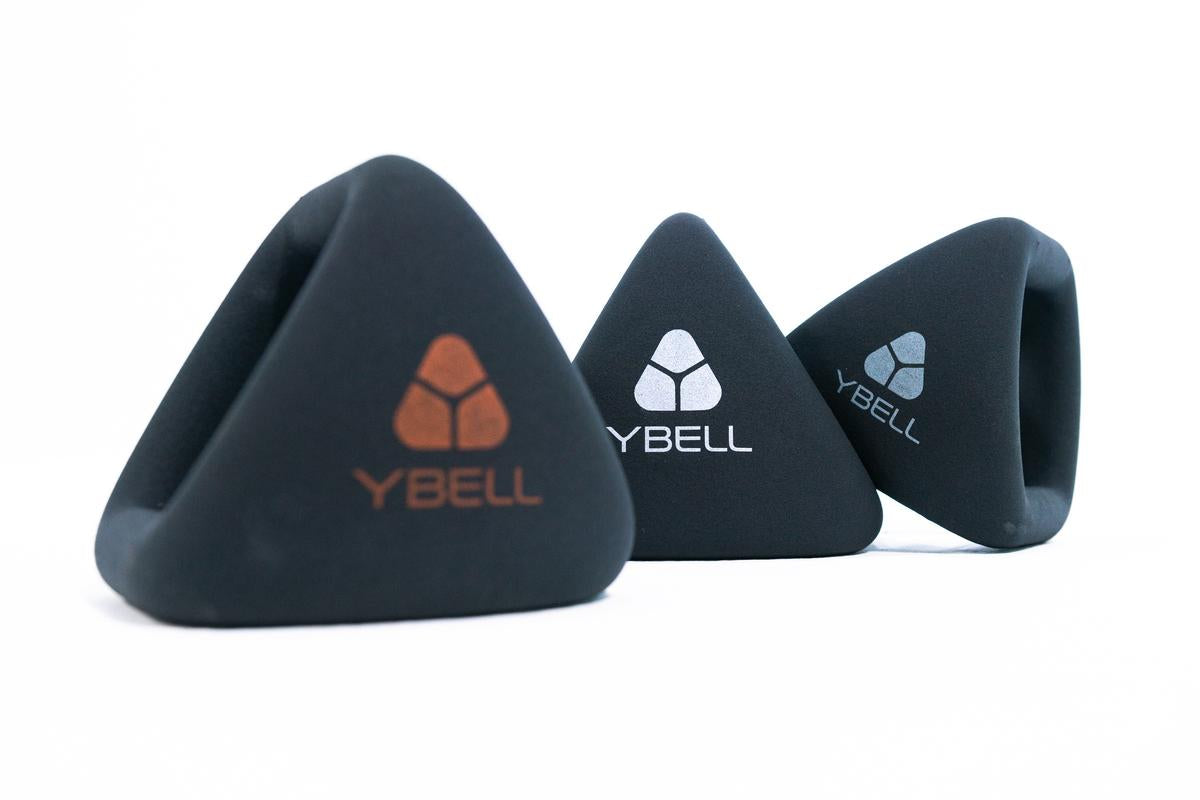Whether you’re male or female, new to working out or an experienced athlete, let’s face it: pullups and push-ups are not easy to master. Have you ever wondered why it’s taking so long to do your first pullup or what may be keeping you from your new personal record (PR) in push-ups? One thing to consider is the quality of your training versus the quantity.
Before we dig too deeply into this, let’s discuss what the differences are.
Quality by definition is the standard of something measured against other things of a similar kind — its degree of excellence.
When discussing the movement of a push-up, you should look at the positioning of your fingers and wrists. You should also consider your shoulder alignment, which feeds into the positioning of your elbows when the movement is initiated. In the initiation of the lowering to the ground, are your shoulder blades being pinched together? When pushing away, are they being pushed apart? How deep is your push-up? What’s the speed of your push-up? Do you do your push-up in under a second or does it last 6 seconds? Are you maximizing your breathing during the motion to help with force production? What direction of force are you using with your hands?
Believe it or not, there is even more to consider when judging the quality of a push-up.
Quantity, on the other hand, is easy to define: it is the number of repetitions you do.
Now before you panic, if you’ve never considered quality versus quantity when trying to learn a new movement or hit a PR, that’s okay! Dedicating training towards quality versus quantity will help you not only get to your goal faster, but it will also help you avoid injuries. It can also be entertaining and less grueling than just trying to max out reps in every workout.
Are you making this training mistake?
Imagine this:
Joe just started to weightlift and he aspires to be able to do a push-up. He’s never been able to do a single one in class with his chest touching a yoga block, and he’s determined to do it at least once!
He works out three days a week and each time he does as many push-ups as possible. As the weeks go on, he can do a few more and a few more. It’s that time again in class, and Joe attempts his one push-up.
Step away from that story for a moment — what do you think happened? Notice that sentence in the story that mentioned “his chest touching a yoga block”?
Joe goes to test his push-up all the way down, and he cannot get back up.
What happened? What was Joe doing wrong with all his training? The answer: Joe hasn’t been doing his push-ups that deep in his training. Even though Joe can do multiple quarter-depth push-ups, he needs to practice the actual range of motion he was trying to achieve: going all the way down to the yoga block.
How to achieve quality in your movements
Chances are that you're likely to do fewer reps while training for the actual movement of a push-up (or any exercise you’re trying to master). Believe it or not, that’s okay, and can actually be a good thing. You’re mastering the quality. The quantity will come with time.
We often forget that strength is something that is learned. Your muscles, nervous system, and brain are constantly adapting to the environment you put them in, for their benefit or not. When you do movements that are similar for too long, your nervous system does not respond as quickly. This is a good thing.
However, when trying to achieve something new, you need to change the stimuli often. That change can come with an increase in repetitions (quantity); however, it can also come from diversifying the quality.
The elements of quality include:
- Proper form and alignment (joint alignment, hand placement, foot placement, etc.)
- Muscle activation (wanted versus unwanted movement)
- Range of motion (moving the joint/motion to the full spectrum possible)
- Tempo (the time a muscle is under tension or the speed of movement)
- Volume (sets, reps, and weight)
- Rest period (break between sets)
- Breathing (other internal mechanisms)
In your next training session choose a new variable for improving the quality of your exercise. Challenge yourself to think about the movement you’re trying to achieve. Are you training to your full range of motion? If not, how can it be changed? Are you optimizing your positioning? Where do you feel the weakest in the movement? Hold or start in that position.
As you can see, there are many options to choose from to enhance your training and get to your goal faster. When trying to achieve a new movement or a PR, quantity still matters: you do need to train regularly. But you should also play with the other quality elements to hit your goal faster. Now, get to work and have fun doing it!



